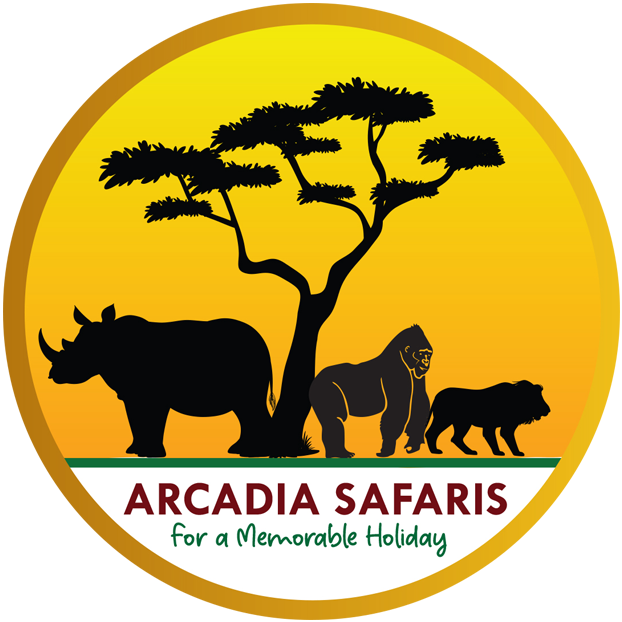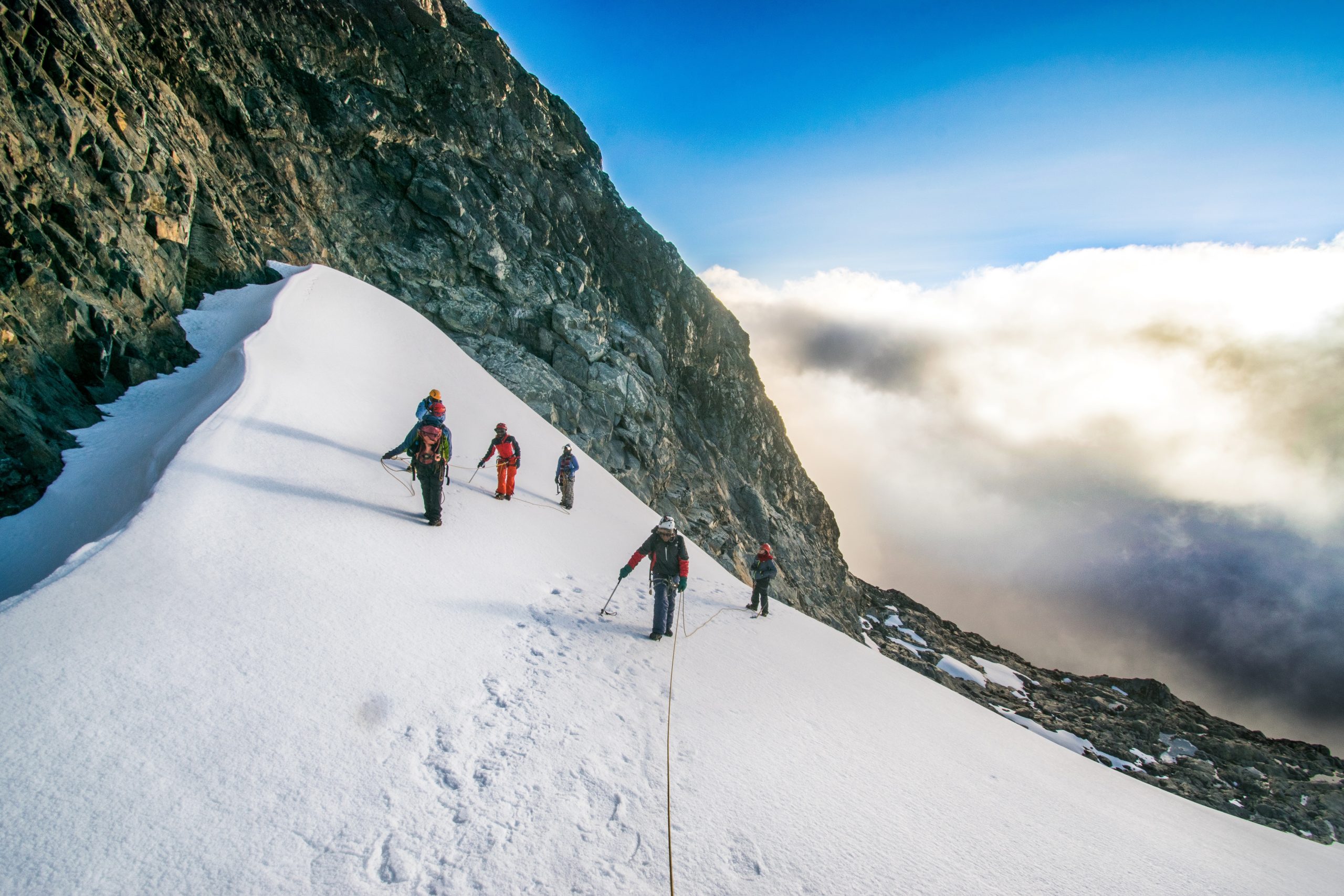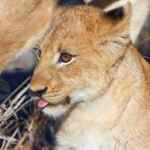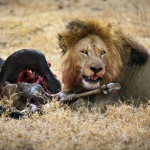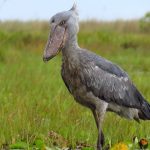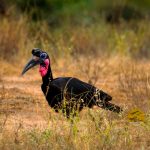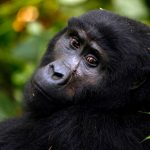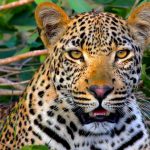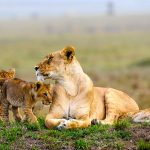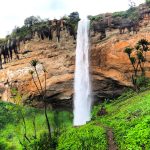Hiking Rwenzori Mountains: A Dream Destination for Many Hikers.
Rwenzori Mountains National Park; This ranges in the heart of East Africa are some of the most striking yet at the same time one of the most rugged natural wonders of Uganda and often go by the nickname “Mountains of the Moon.” Located on the border that separates Uganda and the Democratic Republic of Congo, the Rwenzori boasts an incomparable ecosystem that attracts adventurers and nature lovers from all corners of the world. It soars above 5,100 meters, the highest peak in Uganda, and therefore beckons experienced mountaineers and enthusiastic trekkers. The experience of Rwenzori is something beyond an altitude trek into a realm of superlative biodiversity, rare landscapes, and cultural richness.
Unique Landscapes: A Trek Through Diverse Ecosystems
But perhaps the most mesmerizing thing about these Rwenzori Mountains is the unparalleled diversity of their landscape-from tropical rainforest to alpine meadows, glaciated peaks. As you begin your trek from its foothills, you’re immediately surrounded by lush montane forest, alive with the sounds of birds, chattering monkeys, and the rush of nearby streams. With increased elevation, the landscape rapidly changes into a fairy-tale world of giant lobelias and groundsel trees-plants that are seemingly plucked from a science fiction novel. Fully Afro-alpine, the rarest in the world, exists on just a handful of mountain ranges in Africa.
Higher still, hikers meet a surreal, almost lunar landscape of glaciers, snow-capped peaks, and shimmering lakes. These glaciers are particularly noteworthy, as they are some of the few tropical glaciers left in the world, though sadly they are receding due to climate change. Panoramic views over both Uganda and Congo await those making it to the top-most heights from Margherita Peak, the highest point in Uganda and Mount Stanley.
A Hiker’s Challenge: Rwenzori Mountains
Offering hikes to suit all standards, Rwenzori Mountains are most famous for a variety of multi-day demanding expeditions. Such treks can take anything from 7 to 10 days through a number of different terrains: steep ascents, rocky ridges, boggy valleys, and alpine glaciers. The most popular route happens to be the Central Circuit, circling Mount Stanley and fully immerses one into the diverse environments of the mountains.

It’s physically demanding and often wet-out frequent rain showers and mist make the paths slippery, adding to the adventure. Yet for the person who accepts the challenge, it is very rewarding: unforgettable vistas, solitude, and an intimate contact with nature. The mountain is often shrouded in mist, lending a mystical aura to the surroundings, but when the clouds clear, you’re treated to awe-inspiring views of Uganda’s dramatic landscape.
Packing is an important thing on the trek because the weather may change anytime. It should include good quality hiking equipment, waterproof and thermal covers, and good quality boots to handle the effective grip. Take your cameras with you to capture surreal sceneries that start from thick forests at the base to snow-covered peaks of the mountains.
Wildlife in Rwenzori Mountains National Park.
Though mainly known for strenuous treks, the mountains harbor a great deal of wildlife. Forest elephants, several primate species-the blue monkeys, charismatic black-and-white colobus monkeys-are resident on the lower slopes of the Rwenzori, coupled with a host of bird species like the Rwenzori turaco and the really elusive scarlet-tufted malachite sunbird.
For the avid birdwatcher, the Rwenzori Mountains are a paradise. For birds, this is a haven: over 200 species of birds inhabit the region; 19 Albertine Rift endemics have made this a key destination for keen birders. The Rwenzori double-collared sunbird and handsome francolin occur both quite commonly around the higher reaches of the mountain. A further aspect of interest includes the great biodiversity in the Rwenzori Mountains, which is a reflection of ecological importance to an extent that the trekking becomes an adventure for all senses.
Cultural Encounters: The Bakonzo People
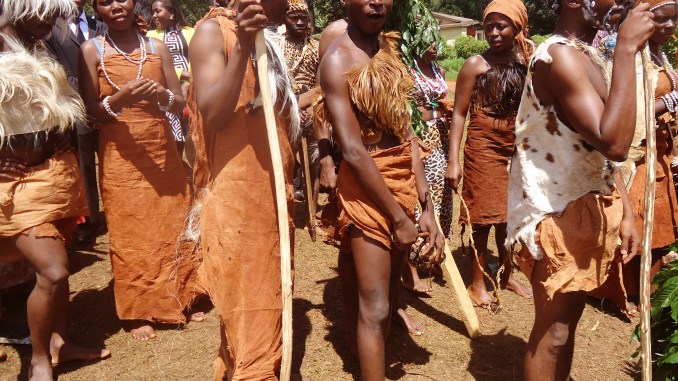
No trekking in Rwenzori Mountains is complete without an interaction with the local Bakonzo-people who have lived in harmony with these mountains for centuries. The Bakonzo are proud custodians of the heritage of the mountain, with their culture deeply interwoven with the natural world. Hikers often get opportunities to visit local villages where you can learn about traditional ways of life and taste the local cuisine, attend performances of traditional Rukonzo dance and music.
The Bakonzo consider the Rwenzori Mountains to be a sacred entity where spirits and gods reside. Added to this is a varied oral tradition replete with gripping myth and legend, which gives an added dimension of interest to any trek. Interactions with the local communities give visitors insight into the cultural importance of the mountains and how they feature in the lives of those who have lived around the foothills of the Rwenzori.
Conservation and Sustainable Tourism in Rwenzori NP
The Rwenzori Mountains are a UNESCO World Heritage site due to its unique natural beauty and special ecosystems. In common with many sensitive environments, there is threat due to climate change and other phenomena of deforestation and unsustainable agricultural methods. The shrinking glaciers are a stark reminder of the challenges that face the region.
Visitors can help support conservation efforts by choosing responsible tour operators like Arcadia Safaris whose practices are both sustainable and minimal in impact during the actual trek. Much of the trekking routes lie within the boundaries of the Rwenzori Mountains National Park, and the park authorities work to ensure that tourism in the area benefits the local communities and ensures protection for this fragile mountain ecosystem.
How to Plan Your Trek to Rwenzori.
The best time to trek the Rwenzori Mountains is during the dry seasons: December to February and June to August, when the trails are more accessible, though it has to be taken into consideration that even in the dry season, rain is common. Most treks are organized through registered tour companies, and it is recommended to book in advance, especially for more specialized routes. You can also take shorter routes and opt between 3-4 day easy hikes or more aggressive 7-10 days of trekking depending upon your desired difficulty level.
There are much easier and shorter-day treks for those people who are less anxious to reach the highest peaks of the mountain but still want to see the spectacular views of lower slopes along with experiencing rich flora and fauna.
How to Reach Rwenzori Mountains.
While there is more than one access point to the Rwenzori Mountains, the most common access starts from Kasese. The distance between Kampala City in Uganda and Kasese can be covered either by driving or using a bus; this journey would take approximately 6-8 hours, covering about 400 km. Kasese forms the main entry point into the Rwenzori Mountains National Park. Once in Kasese, you can arrange transportation to the park entrance; this is normally Nyakalengija for most treks. There are also tour packages that offer transport, hence smooth movement to the mountains.
What to Pack for Rwenzori Mountains NP.
Packing smart is very key in ensuring a successful trek in the Rwenzori Mountains. The following are must-haves:
- Clothing: Rain waterproof jacket, thermal layers, moisture-wicking base layers, and hiking pants.
- Footwear: Sturdy, waterproof hiking boots with good grip.
- Gear: Good backpack, sleeping bag, trekking poles, and first-aid kit.
- Accessories: Camera, sunscreen, sunglasses, sun cap, and insect repellent.
- Food & Water: Energy snacks and a refillable water bottle. In some tours, there is an inclusion of meals and water purification.
Since the weather is totally unpredictable, wear clothes that you can layer on or off to keep comfortable during the hike.
When to Visit Rwenzori Mountains National Park.
The best time to visit the Rwenzori Mountains falls in the dry seasons: December to February and then June to August. In these months, the weather is relatively dry, making the trails easier to hike. However, you should expect rain at any time, even in the dry season. Wet seasons are between March and May and from September to November, with expected heavy rainfall, which will make trekking challenging because of the mud.
Accommodation in Rwenzori Mountains National Park.

Accommodation in the Rwenzori Mountains ranges from comfortable lodges to basic mountain huts. These include the Ruboni Community Camp and the Rwenzori Mountain Lodge, comfortable lodges with beautiful views, while park mountain huts offer very basic service for trekkers on multi-day expeditions. Camping is also an option for those who would like to be more adventurous. It would, however, be advisable to book in advance during peak seasons, so that your favorite lodging is booked. A lodge or hut, whichever it may be, accommodations in the Rwenzori Mountains promise rest amidst the best of nature.
Why visit Rwenzori Mountains National Park?
A visit to Rwenzori Mountains National Park should ensure an exciting combination of adventure, great landscapes, and biodiversity. The park hosts a number of endemic species, various ecosystems, and brilliant scenery comprised of snow-capped peaks and luxuriant forests. TREKKING OUT HERE: This permits the hiker to get very close to nature as he witnesses the mystical beauty of the “Mountains of the Moon” and involves himself in various local cultures, especially those of the Bakonzo people. In addition to its status as a UNESCO World Heritage site, this park strengthens the nature of conservation; it therefore provides tourists who are in harmony with nature a very unparalleled opportunity to experience great adventure and at the same time contribute a lot to sustainable tourism endeavors.
Remarks on Rwenzori Mountains National Park.
The Rwenzori Mountains are a hiker’s paradise offering an unparalleled adventure through some of the diverse and striking landscapes of Africa. Whether one is trekking up to the snow-capped peaks or exploring the richly verdant valleys below, every step taken among the Rwenzori’s feels as if it were into another world. This experience here-this elevation challenge-is part of what this earth affords in its most pristine and awing natural environment. With all this natural beauty combined with biodiversity and cultural richness, the Rwenzori Mountains are an ultimate destination for any adventurer or lover of nature in quest of the hidden treasures of Uganda.
Pack your gear, lace up those hiking boots, and get ready to witness magic on the “Mountains of the Moon.”.
